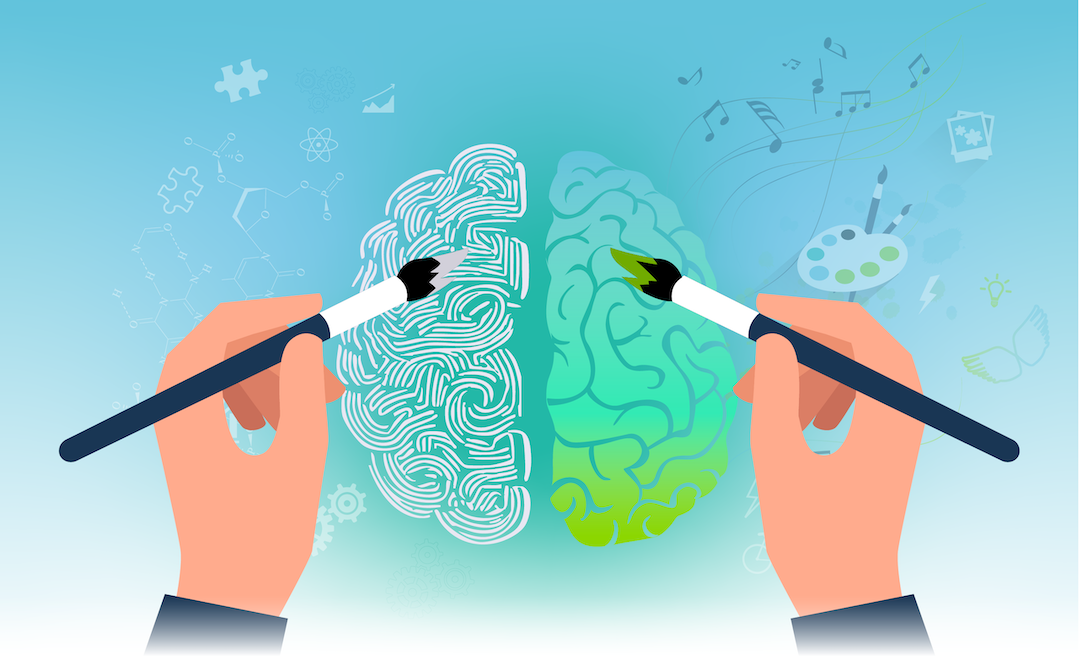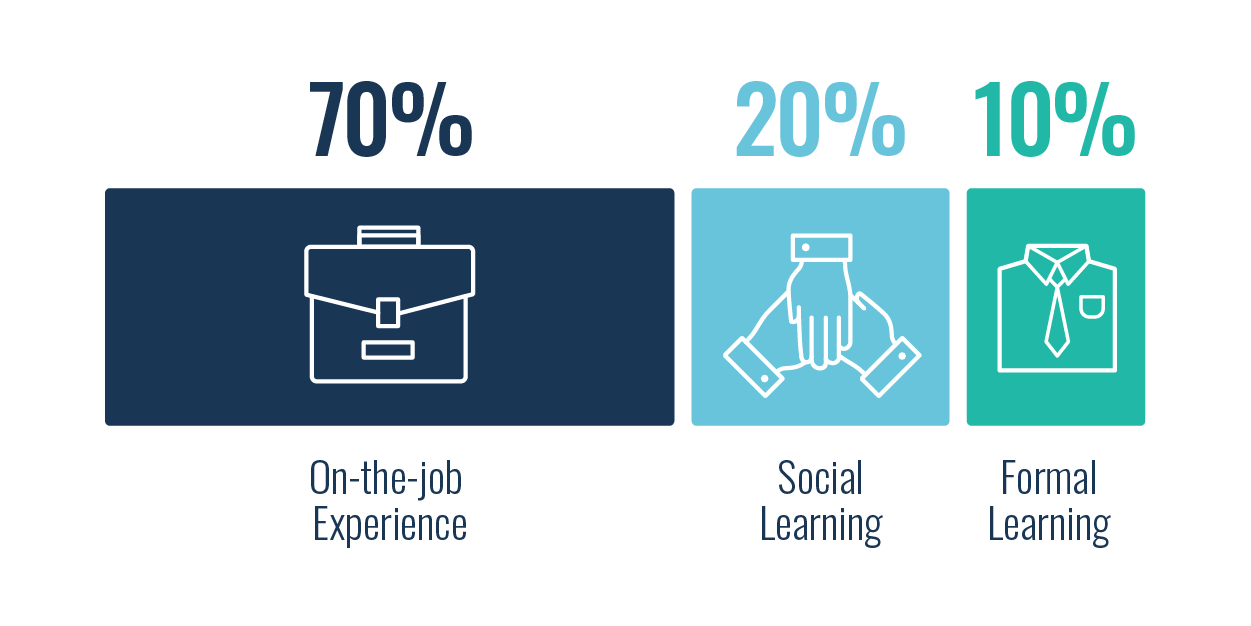
The 70:20:10 framework (sometimes stylised as 70/20/10 or 70-20-10) is an incredibly popular theoretical model for learning and development (L&D).
It tells us about the way we build our knowledge and it isn’t afraid to get specific. In fact, it states that:
- 70% of learning happens through on-the-job experience.
- 20% of learning happens socially through colleagues and friends.
- And 10% of learning happens via formal training experiences.
Why is the 70:20:10 model so important to L&D professionals? Well, a better understanding of how we learn empowers you to build a high-performance learning culture.
These special numbers provide a guide you can follow to make sure you’re getting the balance of your training programme just right. US companies alone spent $101.8 billion on training in 2023. We simply can’t afford to get this wrong.
The model also demonstrates how important experiential and social learning are. If they aren’t a part of your training mix, then you’re clearly missing a trick.
Let’s take a closer look at how the 70:20:10 model works.
What is the 70:20:10 Model?

The 70:20:10 model was forged in the 1980s, in a time when back-combed hair ruled the catwalks. It was developed by Morgan McCall, Michael Lombardo and Robert Eichinger, authors working for the Centre for Creative Leadership.
They asked 191 executives to self-report on how they believe they learned: “Please identify at least three key events in your career, things that made a difference in the way you manage now.”
The results were shocking — at least at the time.
Data analysis suggested that 70% of their learning came from challenging assignments (or experience on the job). A further 20% came from developmental relationships.
Together, these two methods are often referred to as informal learning. That’s because they don’t follow a specific pattern and occur naturally on their own.
The last piece of the puzzle is formal learning. The model states that only 10% of our learning occurs as a result of formal training or a structured learning programme. That seems alarmingly low, doesn’t it?
As author David Rock puts it, “Formal training is the tip of the iceberg. The real learning happens below the surface, through experience and relationships.”
Here’s the model in Lombardo’s own words:
“Development generally begins with the realization of current or future need and the motivation to do something about it… The odds are that development will be about 70% from on-the-job experiences (working on tasks and problems), about 20% from feedback and 10% from courses and reading.”
Of course, there’s only so far that a model built on self-reported survey results can go. However, it’s fair to say that the 70:20:10 model holds some intuitive power. It helps to highlight the importance of informal learning in any training mix.
But before we get too carried away, let’s take a look at some of the other issues with this model.
Critiques of the 70:20:10 Model

Beyond the lack of hard data to support this model and the suspiciously round numbers, there are other issues to contend with. After all, over time our understanding of learning has changed and so have learning delivery methods.
An increasingly common critique of the model is that it diminishes the importance of formal training methods. As a learning technology provider, we’re not totally against this line of reasoning.
What’s more, every business is different and requires a different training approach. Actual learning distribution will vary depending on factors like industry, job role, and individual learning preferences. Applying a fixed ratio across the broad scope of organisations seems counterproductive.
However, the model isn’t a set rule for learning. It’s more of a guideline. In the words of Charles Jennings, “It’s important to be aware that 70:20:10 is a reference model and not a recipe. The numbers are not a rigid formula.”
“They simply remind us that the majority of learning and development comes through experiential and social learning in the workplace (the ‘70’ and ‘20’) rather than through formal classes and courses (the ‘10’).”
Indeed, a 2015 study found that a 55:25:20 split was more likely. Lumesse then conducted research to show that 50:26:24 is a more reasonable mix. This just goes to show that we should be obsessing over our priorities, not over the specific ratios.
Formal vs Informal Learning
Effective training comes down to getting the mix between formal and informal learning just right.
As we’ve seen, the exact figures of the 70:20:10 model for learning aren’t set in stone. However, McCall’s research revealed that informal learning (a delightful cocktail of experiential learning and social learning) is often responsible for 90% of what we know.
Informal learning is everything that happens outside the classroom or once the textbook closes. It is usually less structured and more spontaneous than formal training.
So, where does formal learning come in? To reach our full potential we need to base our learning on theory and facts. Formal learning gives us these solid foundations to build on. Once you combine that with experiential and social learning, you’ll create a more holistic and well-rounded experience.
Breaking Down The 70:20:10 Model
The 70% — Experiential Learning
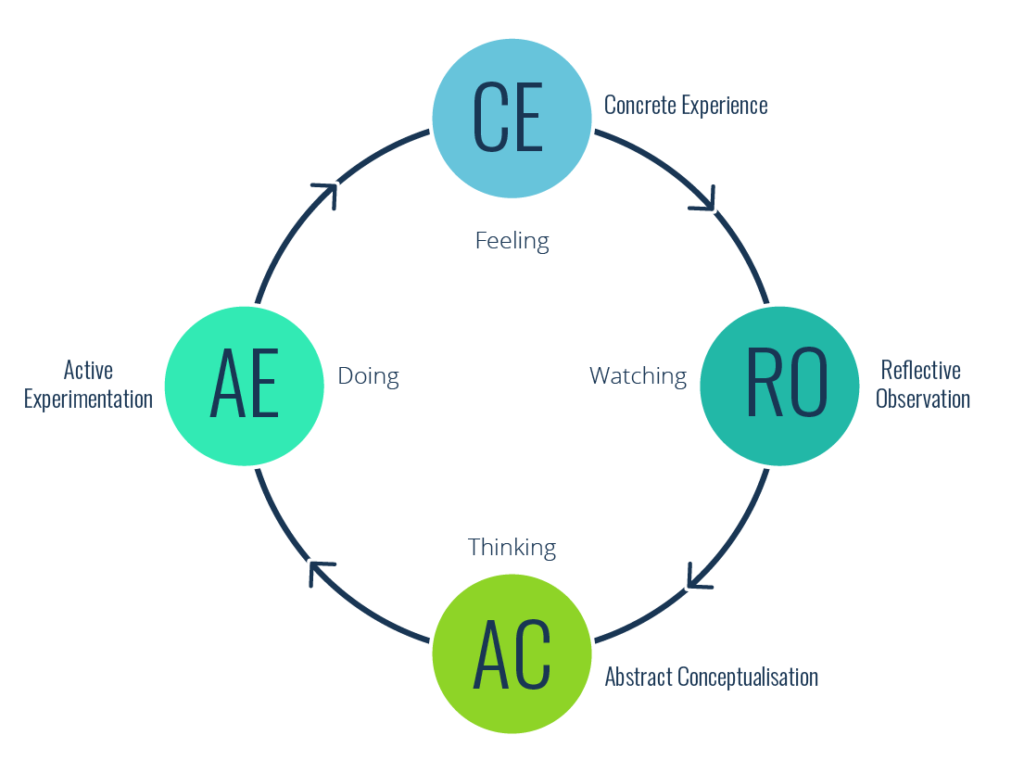
As we’ve discovered, a massive 70% of what we know is learned through hands-on experience, daily tasks and challenges. This is known as experiential learning.
Just like children learn through play, a lot of adults still learn best by doing. So, the age-old wisdom that learning comes through experience turns out to be largely true.
Think about the last time you really saw your skill level shoot up. Whatever you were trying to master, your success was probably down to regular practice and pushing yourself a little harder.
You learned through experience. Indeed, studies show that learners with an active involvement in their development demonstrate a more thorough understanding.
Professor D.A. Kolb built on the work of John Dewey to devise the experiential learning cycle. It remains influential to this day. It includes four parts:
- Concrete Experience: Hands-on personal experiences that we learn from.
- Reflective Observation: Analysis of previous experiences.
- Abstract Conceptualisation: Planning new strategies for successful future experiences.
- Active Experimentation: Applying these new strategies in the real world to test their efficacy.
Putting our new skills to the test in the real world can be scary. This is true whether we’re learning to swim, get better at our jobs, or become a public speaking pro. However, it’s vital to remember that we often learn a lot once we actually act.
The 20% — Social Learning

Learning doesn’t happen in isolation. In fact, humans are social creatures. We crave connectedness and seek out ways to inject social interaction into every aspect of our lives.
This brings us onto the second part of the 70:20:10 model. This part describes how we learn through social experiences. In fact, social learning is responsible for 20% of all knowledge intake.
McCall’s research shows that we learn by sharing knowledge, observing others and nurturing mentorships. Social learning is another type of informal learning, because it is usually self-directed, spontaneous and less structured than formal learning.
Social learning can be stimulated through learning technology. For example, on Growth Engineering LMS, users have access to a ‘What’s Happening’ wall. This mirrors the social feed you would see on popular social networking sites.
Users can provide updates and discuss what they’ve learned in formal learning initiatives. Conversations like these have been shown to boost productivity by up to 35%.
The 10% — Formal Learning
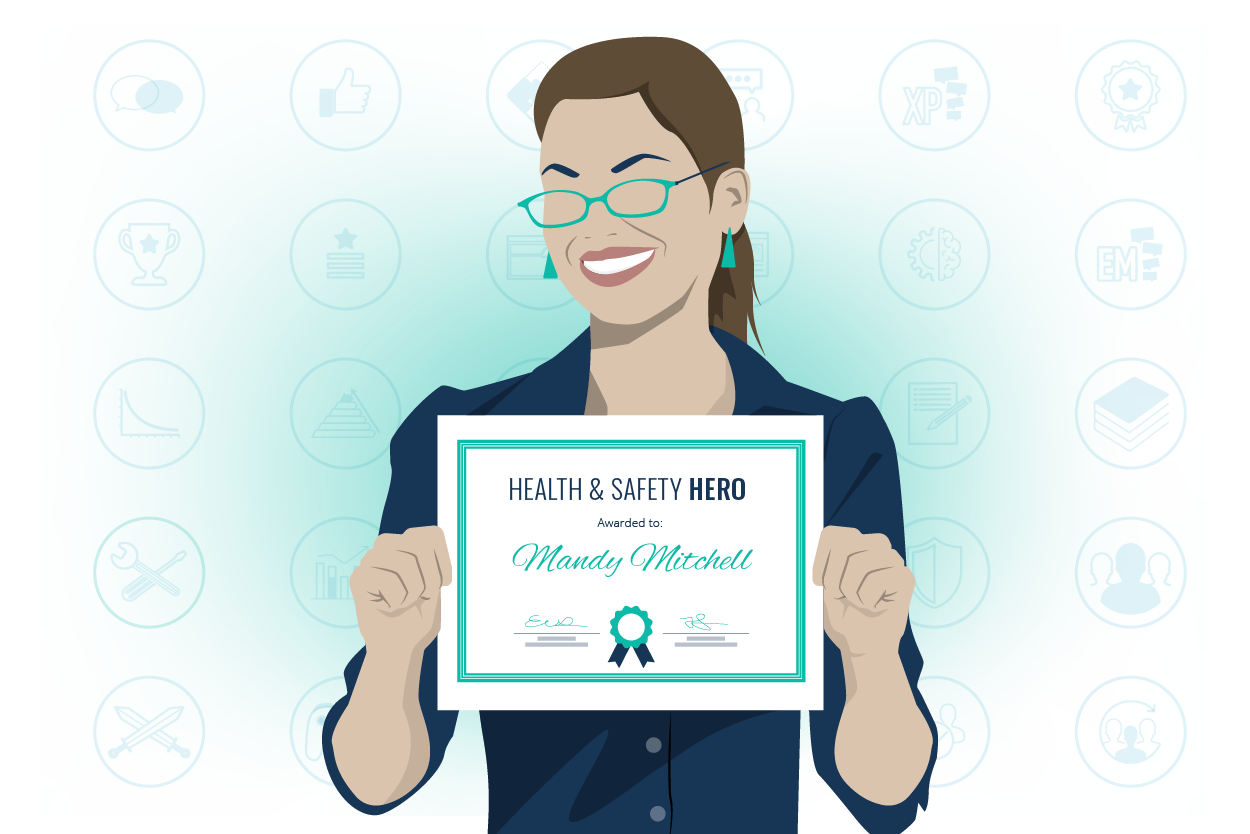
Although it only makes up 10% of our learning, formal training is an essential part of any training strategy. It forms the backbone of successful learning initiatives.
For example, think about learning to drive a car. To succeed, you first need to understand the rules of the road and the theory that supports your growing practical skills. Formal learning is the theory and facts that informal learning builds on.
The 70:20:10 research also shows formal training can act as an amplifier, boosting what we’ve learned through experience and social interaction. In other words, formal training is the supportive framework that creates successful learning outcomes.
How Can Technology Help You Build a 70:20:10 Learning Culture?
Now that we’ve got to grips with the model, let’s see how it can be applied to your current L&D setup. Here are just some of the ways that learning technologies can help you to successfully apply the 70:20:10 framework.

Encouraging Experiential Learning
1. Practise Makes Perfect
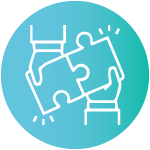
There are a few ways you can bring the real world into your online training. For instance, you could use immersive technologies like VR to create virtual worlds that drive complex training experiences.
Alternatively, you can create scenario-based eLearning units that provide an opportunity for safe experimentation.
For example, you can use Growth Engineering Authoring Tool to create courses. These courses could include videos that portray real work situations. You can then create a multiple choice quiz which asks learners what they think the best course of action would be.
2. Challenge Learners
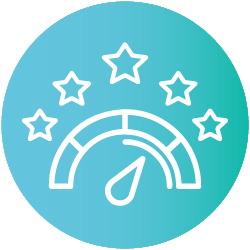
Additionally, you can create online assignments that encourage learners to consider how they’ll apply their new skills in their day job.
You could even use gamification to appeal to learners’ intrinsic motivations and encourage their participation. For example, you can use game mechanics like XP, Badges and Leaderboards to encourage competition.
Gamification unlocks some great advantages. Did you know that 83% of employees who undergo gamified training are more motivated at work?

Stimulating Social Learning
3. Stream for Success

Social learning feeds into our natural instinct to share our experiences. It’s a great way to connect the power of experiential learning and learning from others.
This matters because knowledge sharing and collaboration is important to most modern workers. Research shows that 77% say collaborative technology such as social media is crucial to how they work with colleagues and clients today.
The impact of a good knowledge sharing culture can be staggering. In fact, it has been shown to increase profits by 29%.
4. Knowledge Sharing

Social features also help to safeguard the intellectual capital that already exists within your organisation. Why not create Clubs where staff can share their specialist knowledge and know-how with others?
All this collaboration and communication feeds into the 20% of learning that comes from social interactions.
This will also cultivate a knowledge sharing culture. Effective knowledge sharing saves Fortune 500 companies up to $31.5 billion annually. So, be sure to make the most of it and encourage your people to share their ideas.
5. User-Generated Content

Your learners are your most valuable asset. Encourage them to share their favourite educational videos, learning content or other resources on your learning platform for everyone to see.
While pushing content to learners is helpful, giving them the space to create their own content is even better. User-generated content (UGC) can then be repurposed for your formal training initiatives.
Did you know that social campaigns that incorporate user-generated content have 50% higher engagement rates?

Facilitating Formal Learning
6. Engaging Online Training

Whether you’re delivering a combination of blended learning or pure online training, learning technologies can help ensure that formal learning makes an impact.
Learning management systems (LMSs) provide an easy way to deliver training content to the right users, report on learning experiences and provide a structured training approach.
Whatever you do, make sure this essential part of learning is engaging and full of Epic Meaning. This helps make the benefits and purpose of your training clear.
7. Mobile Training

Mobile learning technologies mean you can now deliver essential formal training experiences wherever and whenever learners need it.
The modern learner picks up their phone a whopping 58 times a day on average. Some of those times should be to open their learning apps.
Growth Engineering Learning App is the perfect place for informal and formal learning to meet. You can make use of a myriad of features including online-offline sync. This enables you to complete training courses without an internet connection and register your progress once you’re back online.
There’s no need to deliver lengthy and tedious training units either. When it comes to engagement, microlearning on our phones is best. This means delivering learning in bite-sized chunks rather than overwhelming tomes.

Final Words
And there you have it, the infamous 70:20:10 model. Think of the model as a pie. Whilst some slices are bigger than others, all pieces are important when creating a full and well-rounded learning programme. After all, you don’t want to end up with a big gap in the middle.
You should also bear in mind that this model is not prescriptive. It’s a guideline, rather than a precise recipe for success.
Some learner audiences will respond better to on-the-job learning and ask for mentorship. The social butterflies of the corporate world may love a social learning approach and push for workshops. Likewise, some learners prefer structured learning and will gravitate towards a formal training programme.
Either way, it’s up to you to find the right balance and provide all the training opportunities necessary to unlock your learners’ full potential. Good luck.
Thank you for reading. The 70:20:10 model is just one among many. Get to grips with the rest by download our guidebook, ‘Using Learning Theories and Models‘ now!


